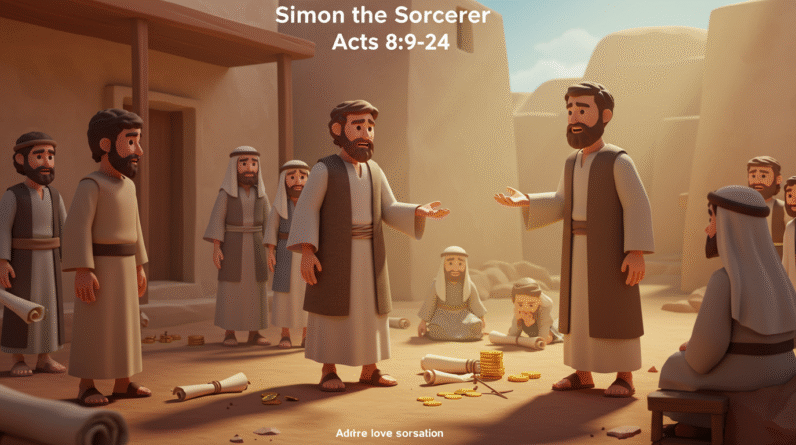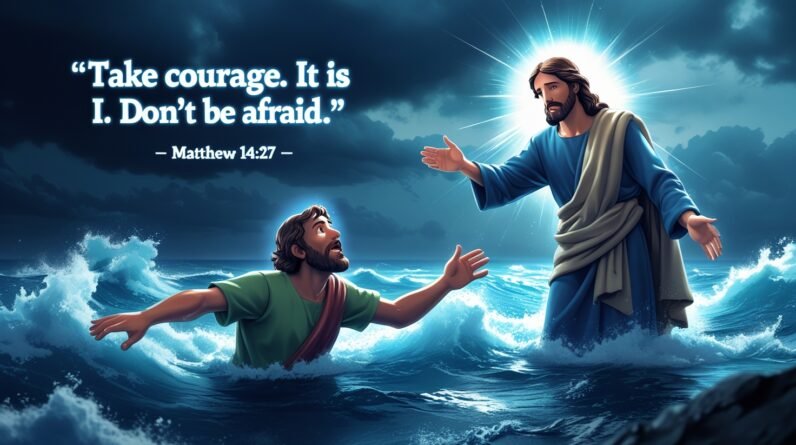In the video “Clearing the Temple,” showcased by Saddleback Kids, we delve into the intriguing story of Jesus during the time of the Jewish Passover celebration. He arrives in Jerusalem, observing merchants trading goats, sheep, and doves for sacrifice, as well as money exchangers. Filled with righteous anger, Jesus creates a whip from ropes and drives them out of the temple, scattering coins and overturning tables. He reprimands those who have turned his father’s house into a marketplace, emphasizing that it should be a place of prayer. The story then takes an uplifting turn as Jesus goes on to heal the blind and crippled people who come to him in the temple. This act of compassion garners the attention of the leading priests and teachers of the law, who witness not only the miracles but also the children praising Jesus as the son of David. This in turn rouses their anger, leading them to confront Jesus about the children’s praises. Unfazed, Jesus reminds them of the scriptures that encourage children to sing praises, and he ultimately leaves Jerusalem to spend the night in the city of Bethany. This powerful biblical tale reminds us of the importance of faith, compassion, and the true purpose of sacred spaces.
The Jewish Passover Celebration
The Jewish Passover Celebration is a significant event in the Jewish calendar, commemorating the liberation of the Israelites from slavery in ancient Egypt. It is a time of joyful celebration and remembrance, where families gather together to observe various rituals and traditions. The celebration usually lasts for eight days and is filled with special meals, prayers, and the retelling of the story of Exodus. It is a time when the Jewish community comes together to reflect on their history and their identity as God’s chosen people.
Jesus’ Journey to Jerusalem
During the time of the Jewish Passover Celebration, Jesus journeyed to Jerusalem. This journey holds great significance in Jesus’ life and ministry as it would lead to pivotal events that would shape the course of history.
Jesus Clears the Temple
Upon reaching Jerusalem, Jesus encountered a sight that deeply troubled him – merchants conducting business in the temple area. He saw cattle, sheep, and doves being sold for sacrifices, and money changers exchanging foreign currency. This sight of commercialization in a sacred space stirred a righteous anger within Jesus.
Jesus’ Reaction
Filled with zeal for the holiness of the temple, Jesus took immediate action. He fashioned a whip out of ropes and began driving out the merchants. Sheep and cattle scattered, money changers’ coins were thrown across the floor, and tables were overturned. Jesus’ actions were symbolic of purifying the temple from the corruption and greed that had taken root.
Driving out the Merchants
Jesus specifically confronted those who were selling doves, urging them to remove their merchandise from the temple. He emphatically declared that the temple was meant to be a house of prayer and worship, not a marketplace. His actions and words were a powerful statement against the desecration of a sacred place.
Healing the Blind and Crippled People
Amidst the chaos of clearing the temple, Jesus also took the time to heal the blind and crippled who came to him. This act of compassion and mercy amidst the turmoil further demonstrated his divine nature and his love for all people, regardless of their physical conditions.
Anger and Opposition
Witnessing the miracles Jesus performed and hearing the praises of children in the temple, the leading priests and teachers of the law became infuriated. They saw Jesus as a threat to their authority and were deeply upset by his actions.
Children Praising Jesus
The children in the temple were not afraid to openly express their praise for Jesus. They hailed him as the “Son of David,” acknowledging his royal lineage and recognizing him as the long-awaited Messiah. Their innocent and genuine expressions of worship added fuel to the anger and opposition of the religious leaders.
The Priests and Teachers’ Reaction
The leading priests and teachers of the law were angered by the miracles Jesus performed and the praise he received. They felt that their authority was being undermined and that Jesus was challenging their religious practices. Convinced that Jesus was not acting in accordance with their interpretation of the Scriptures, they sought confrontation with him.
Confrontation with Jesus
In their anger and frustration, the priests and teachers confronted Jesus, questioning his actions and the praises of the children. However, Jesus responded confidently, reminding them of the Scriptures where it was written that even children and babies could praise God. He affirmed the authenticity and significance of the praises he received.
Jesus’ Departure
Rather than engaging further in the confrontation, Jesus chose to calmly depart from the temple. His response to the anger and opposition displayed his wisdom and discernment. Jesus knew that his time in Jerusalem was limited and that there were greater things yet to come.
Jesus’ Response to the Anger
Despite the anger and opposition he faced, Jesus remained steadfast in his mission and purpose. He did not allow the negative reactions of others to deter him from fulfilling the ultimate plan of salvation.
Heading towards Bethany
After leaving the temple, Jesus headed towards Bethany, a nearby city. Bethany holds great significance in Jesus’ life as it was the home of Lazarus, Mary, and Martha, who were dear friends to Jesus. It served as a place of rest and refuge during his ministry.
The Night in Bethany
Upon reaching Bethany, Jesus spent the night there. This time in Bethany allowed Jesus to gather strength, spend time with his supporters, and prepare for the events that would soon unfold. It was a period of rest and reflection before the ultimate sacrifice he would make for humankind.
The journey to Jerusalem, the clearing of the temple, the anger and opposition faced, and the subsequent departure and night in Bethany were crucial moments in Jesus’ life and ministry. They demonstrated his unwavering commitment to righteousness, compassion for the marginalized, and his ability to handle confrontation with wisdom and grace. These events paved the way for the ultimate fulfillment of his purpose – the sacrificial death on the cross for the salvation of humanity.








